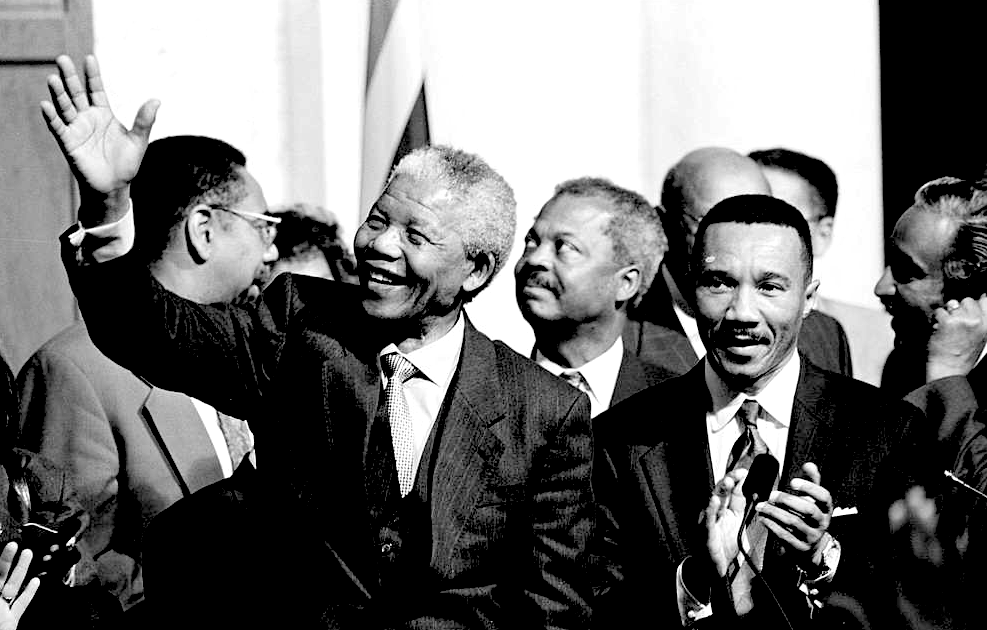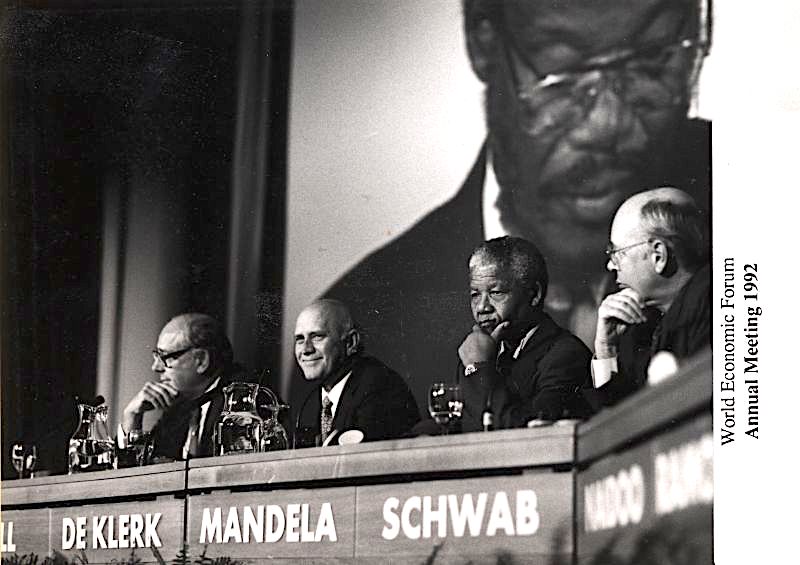2023/06/03

People tend to misperceive others on Twitter as being more outraged than they actually are, according to new research published in Nature Human Behaviour. The findings suggest that the prevalence of divisive content on social media platforms might be a result of our tendency to misperceive others as angrier than they actually are online.
The new study was motivated by the importance of accurate social knowledge in functional democracies and the role of online social networks in shaping social knowledge of morality and politics. The researchers aimed to investigate how social media platforms, as currently designed, may contribute to the overperception of moral outrage, which could distort individuals’ understanding of collective moral attitudes.
“There is a growing body of research that examines how social media – whether through our psychology or algorithmic amplification, or both – increases the production of moral and political content,” said study author William Brady, an assistant professor of Management and Organizations at Northwestern University’s Kellogg School of Management.
“Some research including my own suggests that there are several features of social media that in fact increase its production, and this turns out to be very important because our knowledge of morality and politics is increasingly being constructed in online settings. But much less research has looked at the other side of this picture, which is the perception of moral and emotional content.”
“One striking finding in U.S. politics that highlights the importance of perception, for example, is that some portion of the growing levels of affective polarization can actually be explained by misperceptions of how polarized we really are (the idea of ‘false polarization’),” Brady explained. “We hypothesized that the overperception of certain types of political content like moral outrage in the context of social media may actually be an important building block of phenomenon such as false polarization.
“Thus, we designed field studies on Twitter to test whether our perceptions of moral outrage can be skewed online, and whether this has downstream consequences for group perceptions (e.g. norms of outrage and polarization).
For the three field studies, the researchers implemented a research pipeline consisting of multiple phases. In the author phase, the researchers used Twitter’s application programming interface (API) to collect public tweets about contentious topics in American politics. They then classified the collected tweets to determine whether they contained moral outrage expression.
Direct messages (DMs) were sent to users who expressed moral outrage or non-moral outrage, requesting them to report the emotions they experienced when they posted their tweet. The DMs were sent shortly after the users’ tweets were posted to capture their emotions at that specific moment.
In the observer phase, politically partisan participants were recruited to rate the level of outrage and happiness expressed by the authors of the collected tweets. Each participant judged a selection of 30 tweets, including both outrage and non-outrage tweets. The researchers used generalized linear models to analyze the data and test for overperception of outrage and happiness in the authors’ tweets.
The first field study focused on tweets about William Barr and President Donald Trump’s popularity. The second field study focused on tweets about Amy Coney Barrett’s Supreme Court confirmation and the 2020 U.S. presidential election. The third study aimed to replicate the findings from the previous studies and also examine the relationship between perceiving outrage and using social media for political purposes. The studies included 333 tweet authors and 650 observers in total.
The studies found consistent evidence of overperception of outrage, with observers perceiving higher levels of outrage than reported by the authors. Although people tended to overestimate the level of moral outrage conveyed by authors in their tweets, this overperception did not occur when perceiving happiness.
“Our key finding was that the social media users in our study who observed political Twitter posts systematically overperceived the level of moral outrage expressed by the message author,” Brady told PsyPost. “Our method actually allowed us to classify Twitter messages in real-time so we knew who was expressing moral outrage, and then send them a message prompting consenting users to self-report their actual level of outrage at the time of composing the tweet (within 15 minutes of their posting).
The researchers also conducted additional experiments to explore the consequences of overperception of outrage. They manipulated the overperception of individuals’ outrage in a simulated Twitter newsfeed and found that participants who viewed a newsfeed containing overperceived outrage expressions perceived higher levels of collective outrage in the social network. They also found that viewing overperceived outrage messages amplified participants’ beliefs about norms of outrage expression, affective polarization, and ideological extremity present in the network.
“We also find, in experimental settings where we create social media feeds that manipulate levels of overperception of outrage, that when we overpercieve individual’s outrage is directly amplifies users group level judgments,” Brady explained. “Compared to newsfeeds that induce less overperception of outrage because of the messages our ‘algorithm’ amplifies, the newsfeeds that induces more overperception of outrage cause users to think their social network is more collectively outraged, to think that expressing outrage in the context of politics is more normative, and to think their group dislikes the political outgroup more (affective polarization).”
Furthermore, the researchers found that individuals who engage in frequent political social media use were more likely to overperceive outrage. This suggests that people who spend more time using social media to learn about politics are more prone to overperceive outrage.
“One key question is what are the variables that predict when a user is most likely to overperceive moral outrage in social media messages?” Brady told PsyPost. “This is a complicated question that requires further research both in terms of what the author is motivated to do and what biases observers have, but one variable we find to explain significant variance consistently: the amount of time that observers spent on social media to learn about politics.”
“Users who spent more time on social media to learn about politics were much more likely to overperceive outrage. We believe that this is because these users are spending more time around politically active users who are much more likely to express high levels of outrage, and this experience forms their priors of outrage expression that creeps into their judgment of any given person’s emotion expression.”
The study has certain limitations, including the selection of specific Twitter users for the experiments and the focus on language cues without considering other factors that influence emotion perception on social media. The researchers called for further research to validate the findings across different platforms and media channels and to explore the effects of overperception on topics beyond politics and morality.
“Further research is required to disentangle effects of authors vs observers that together produce overperception effects,” Brady said. “For example, is our finding mostly because authors are motivated to express high outrage when they are not actually feeling it? Our initial data suggest that this explanation cannot fully explain our effect, yet our study was not designed to precisely pull apart author motivations vs observer perceptual bias.”
The study, “Overperception of moral outrage in online social networks inflates beliefs about intergroup hostility“, was authored by William J. Brady, Killian L. McLoughlin, Mark P. Torres, Kara F. Luo, Maria Gendron, and M. J. Crockett.
© PsyPost















